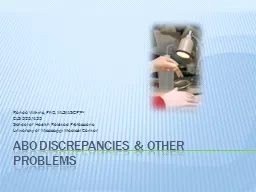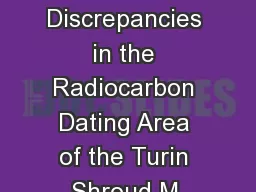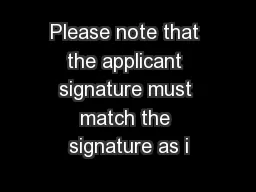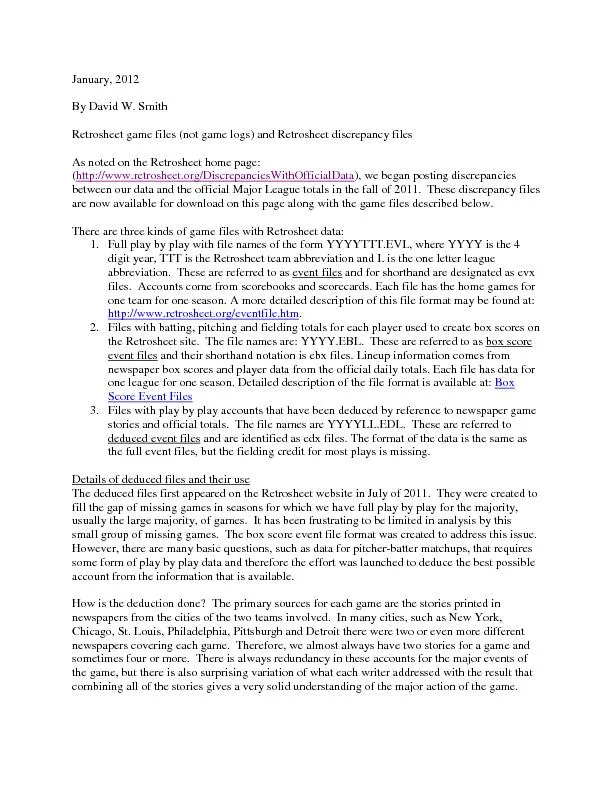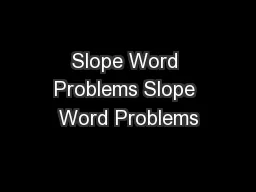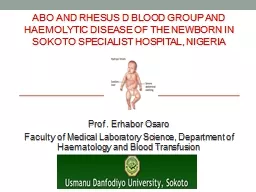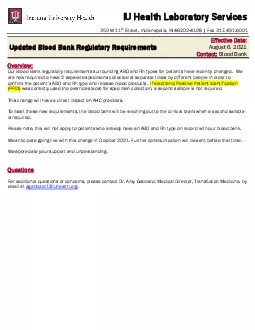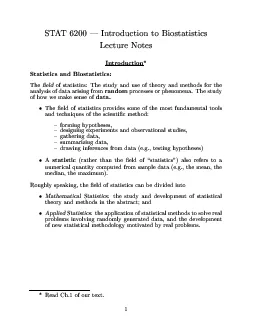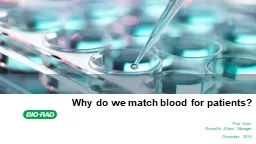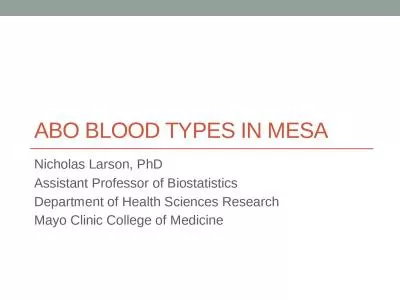PPT-ABO Discrepancies & other problems
Author : briana-ranney | Published Date : 2020-04-02
Reneé Wilkins PhD MLSASCP CM CLS 325435 School of Health Related Professions University of Mississippi Medical Center Importance It is important to recognize
Presentation Embed Code
Download Presentation
Download Presentation The PPT/PDF document " ABO Discrepancies & other problems" is the property of its rightful owner. Permission is granted to download and print the materials on this website for personal, non-commercial use only, and to display it on your personal computer provided you do not modify the materials and that you retain all copyright notices contained in the materials. By downloading content from our website, you accept the terms of this agreement.
ABO Discrepancies & other problems: Transcript
Download Rules Of Document
" ABO Discrepancies & other problems"The content belongs to its owner. You may download and print it for personal use, without modification, and keep all copyright notices. By downloading, you agree to these terms.
Related Documents

